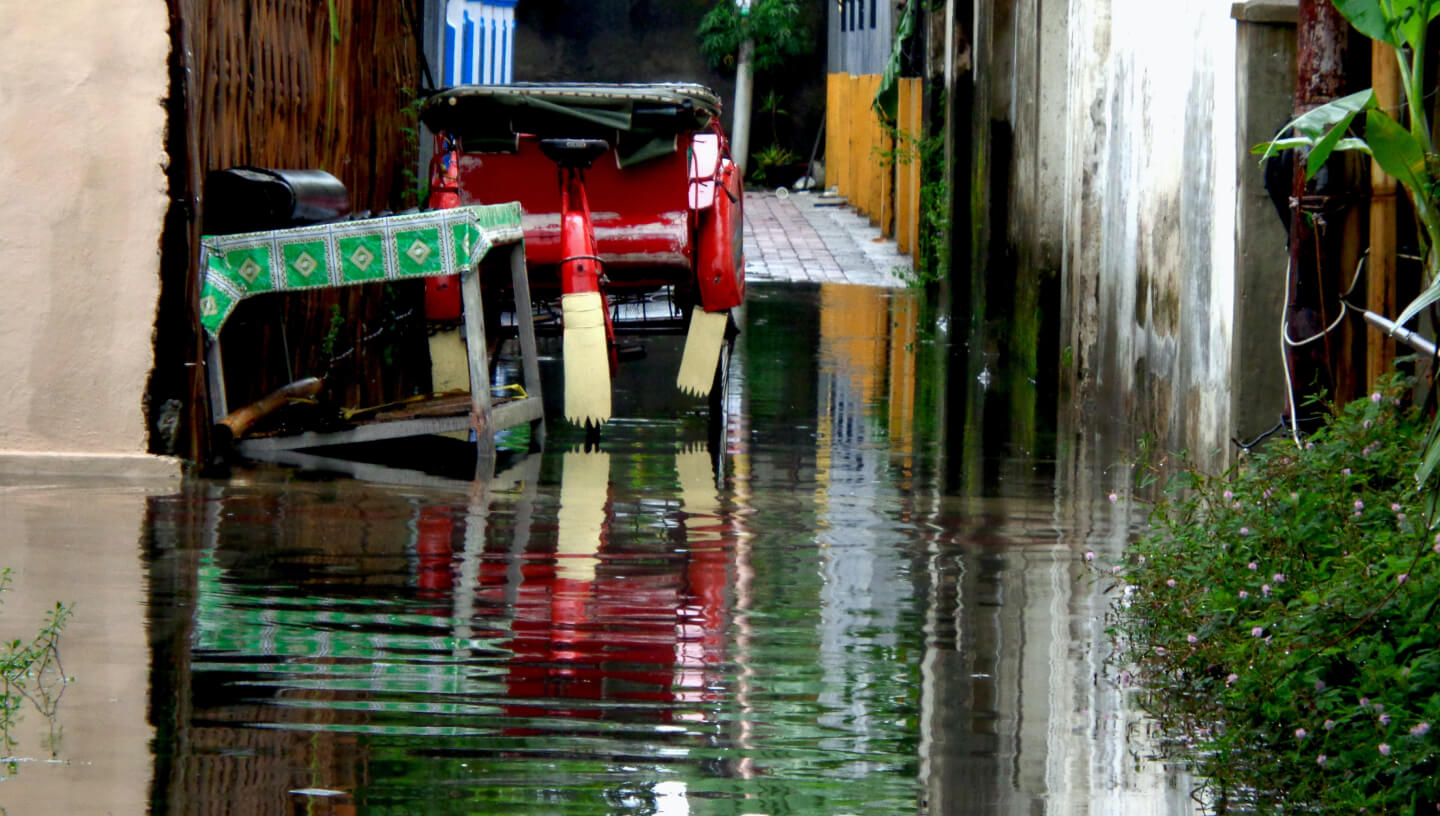25.11.2022
Australian wine production threatened by floods
 Photo by: Prabu Panji / Unsplash
Photo by: Prabu Panji / Unsplash
On Monday, 21 November, the Prime Minister of South Australia declared a “grave emergency” over flooding in New South Wales and along rivers in Victoria. He warned more flooding was likely to follow.
Flooding began in south-eastern Australia last week and flood waters in rivers have now reached critical levels.
One of the worst affected regions was Rutherglen in Victoria, where water levels in the Murray River have reached their highest level this year. Water had to be released, flooding the vineyards of two well-known wineries right by the river — All Saints Estate and Pfeiffer Wines.
“We haven’t had access to our vineyards for a fortnight and I assume the mould will do its damage. I’m preparing myself for a scenario where we won’t harvest any grapes this summer, but at least we had a couple of days warning that flooding was coming and we were able to save infrastructure such as irrigation pumps by moving it to a higher level,” said winemaker Jen Pfeiffer.
Authorities warn it could be months before the flooding is over.
“We are seeing very serious impacts on everything from wheat and barley crops... to the sheep and dairy industry... and this will inevitably have an impact on the national economy,” said Australian Agriculture Minister Murray Watt.
Increased flooding is also a catastrophic consequence of global warming. Most recently, in August 2022, heavy downpours led to flooding in Pakistan. The disaster destroyed 1.2 million homes and killed more than 1,300 people. The damage to the economy has been estimated at $40 billion. The UN has acknowledged that the floods in Pakistan are a consequence of climate change, which is becoming increasingly extreme.
Floods and even the risk of flooding of entire nations are now occurring worldwide due to rising sea levels and warming of the world’s oceans. Over the past 20 years, levels have been rising at a rate of more than 3 mm per year. In some basins it has risen at a rate of about 15–20 cm per year. The reasons for this phenomenon are known — climate change, melting glaciers, thermal expansion of water. At the same time, rising ocean temperatures are causing more violent hurricanes, typhoons and storms, endangering coastal cities.
Cover photo: Rodrigo Abreu / Unsplash














































Comments